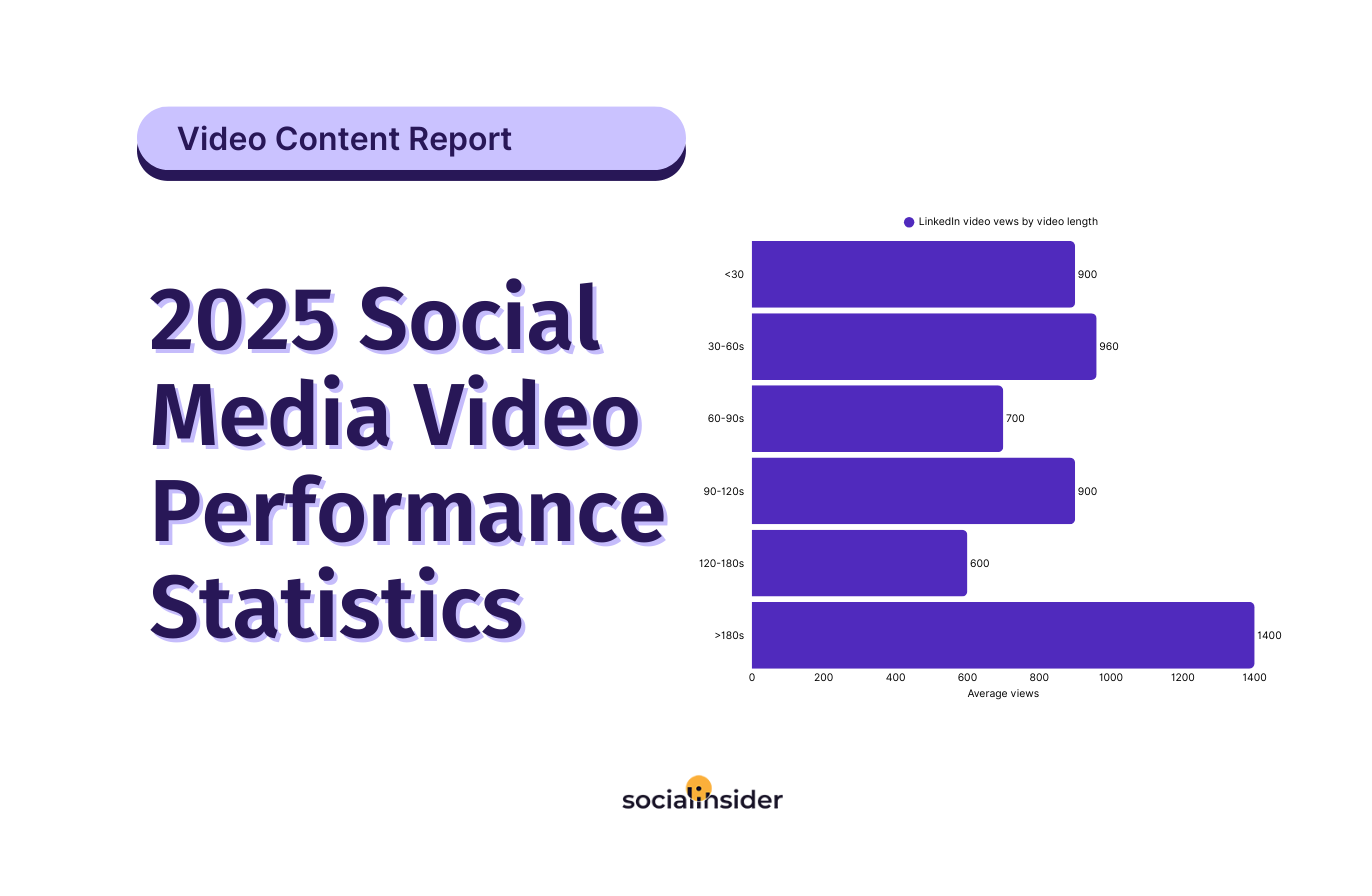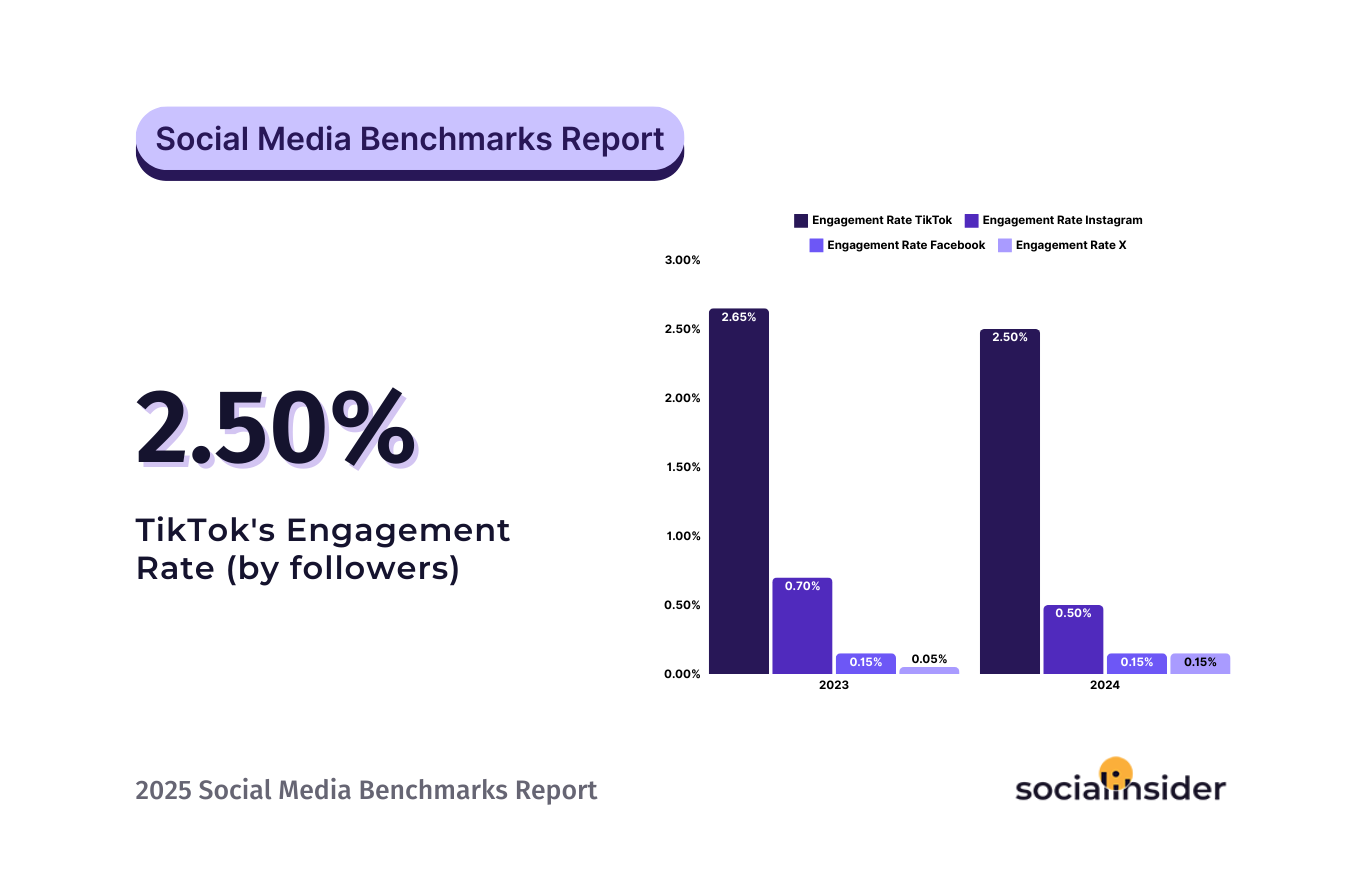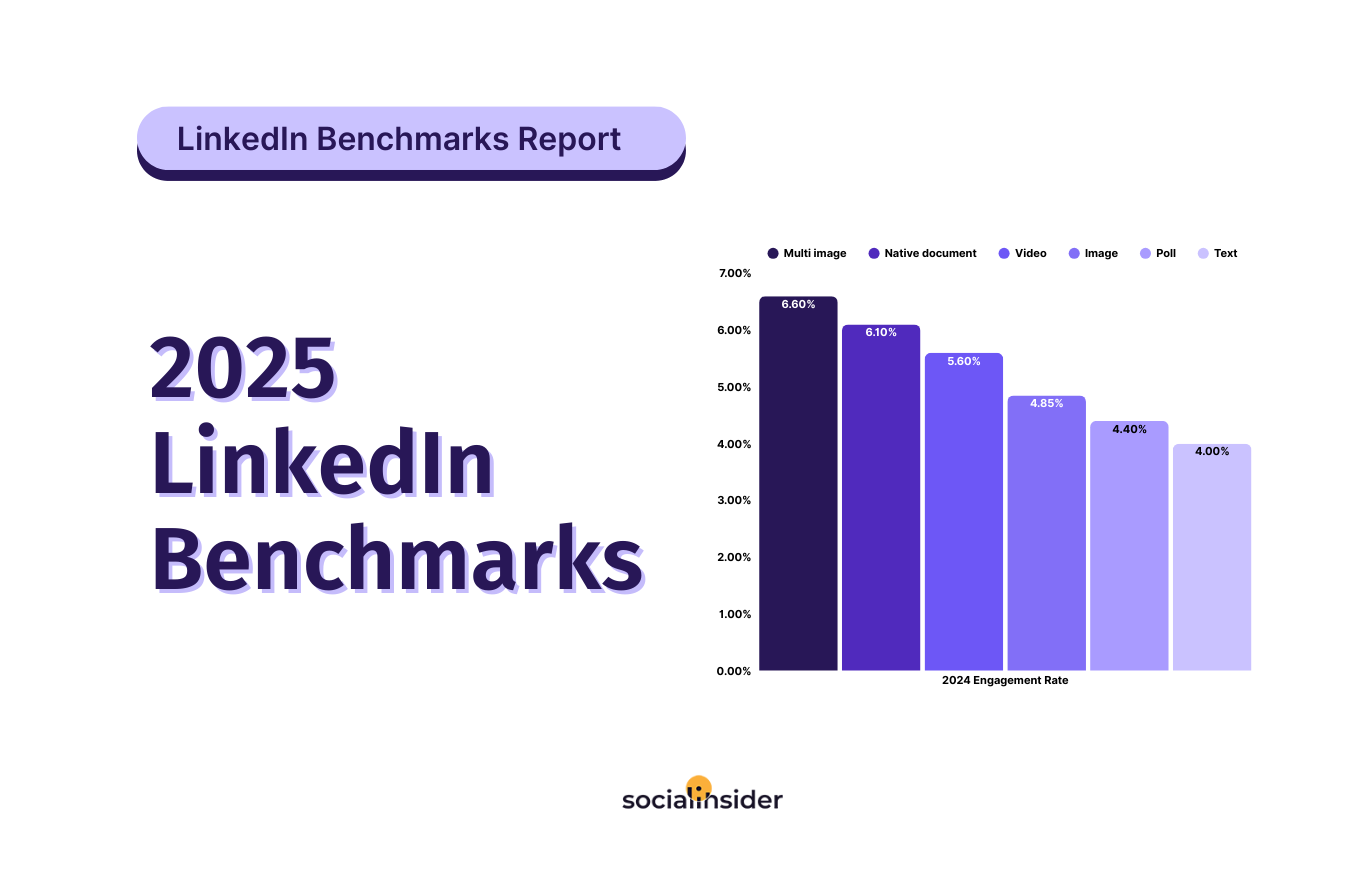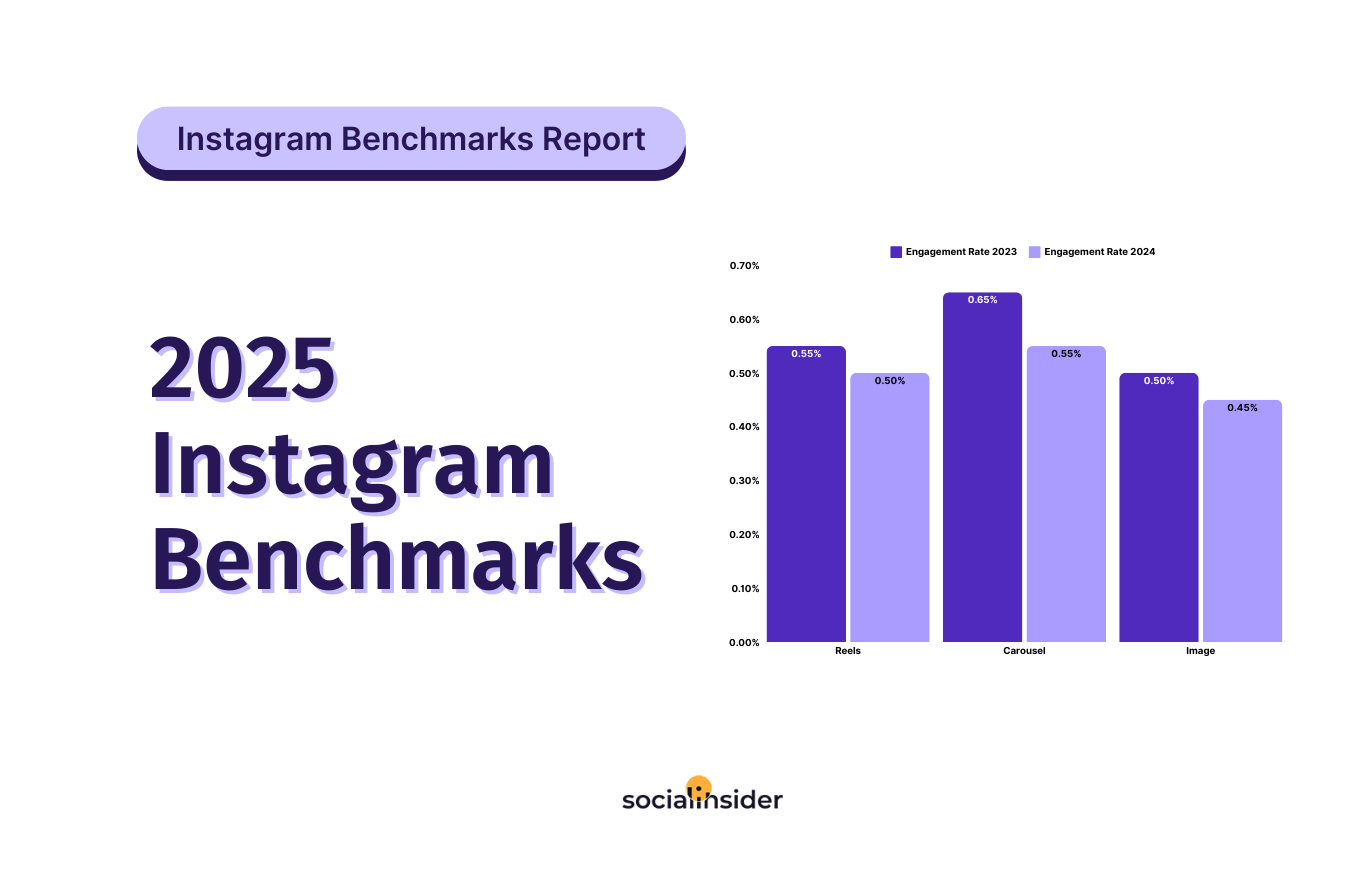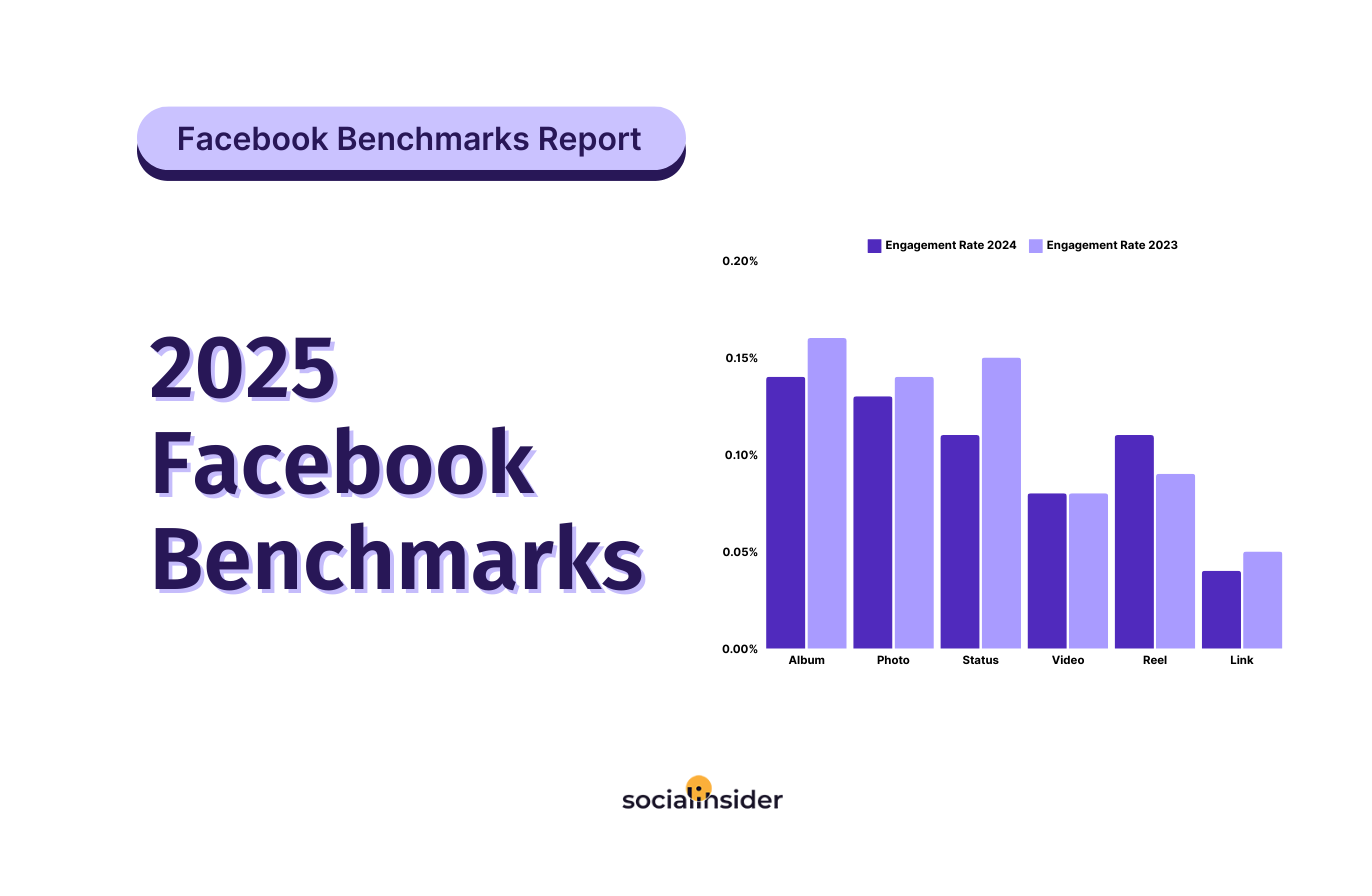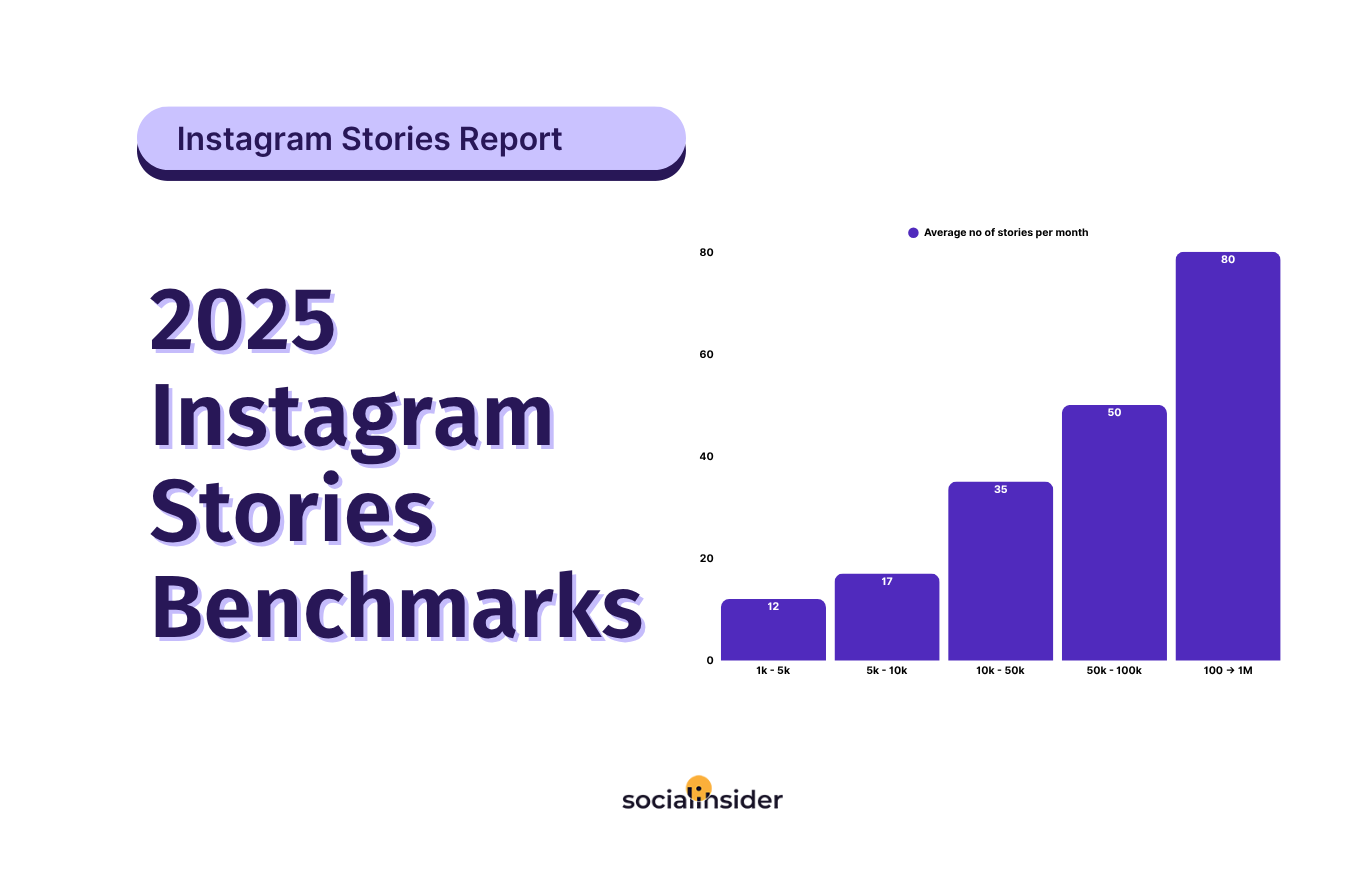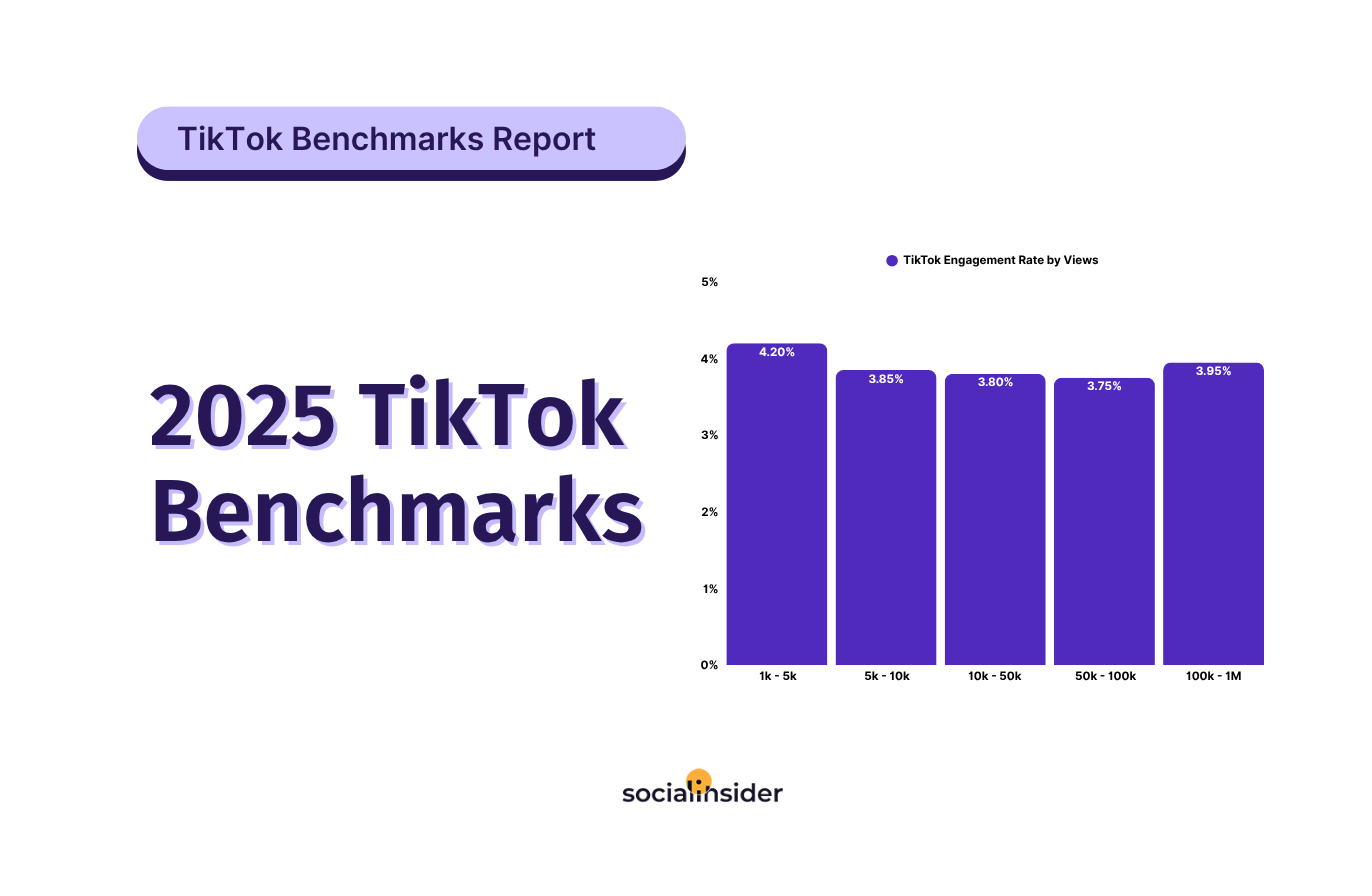The Global Brand Benchmark Directory
Social Media Benchmarks by Industry and Country
Discover comprehensive social media benchmark reports for brands across 12 industries and 6 countries. Explore granular social media benchmarks to see where your brand stands — by market, industry, or platform — and discover what top-performing brands do differently

6
Global Markets
Countries with comprehensive brand data

12
Total Industries
Industries analyzed across all markets

608
Total Brands
Active brands monitored biannually
Explore Social Media Benchmarks by Country or Industry
Sociainsider’s social media analytics and competitors analysis tools allow you to measure social media performance, run audits, and compare performance.

Top Countries
Compare industry performance across countries

Top Industries
See how different industries perform globally
Social Media Industry Benchmarks
Focus on creating engaging content for Travel brands, as their high engagement rate suggests strong audience interest and resonance.
Invest in TikTok for FMCG categories like Beverages, Food, and FMCG — Food, which show significant activity and potential for viral reach.
Enhance educational content strategies on TikTok, leveraging its popularity among Education brands to increase engagement.
Global Brands
Easily analyze and track your Instagram metrics, conduct audits, and perform Instagram competitor analysis with Socialinsider.

Help us improve our coverage
Help us expand our coverage by suggesting industries, countries, or brands you'd like to see highlighted in our comprehensive reports
Social Media Benchmarks by Platform
Discover insights on social media trends, brand strategies, and consumer behavior patterns
Frequently Asked Questions
Got a question? We've got answers.
What industries are covered in your reports?
Which countries did you analyze?
What social media platforms are included?
How often are the reports updated?
Ready to improve your social media strategy with real-time insights?
Get strategic insights, analyze the social performance across all channels, compare metrics from different periods, and download reports in seconds.






